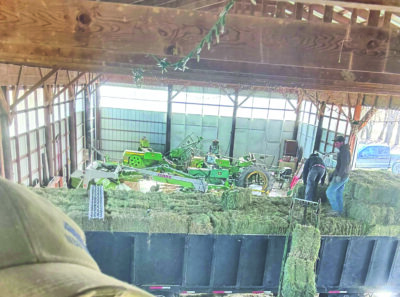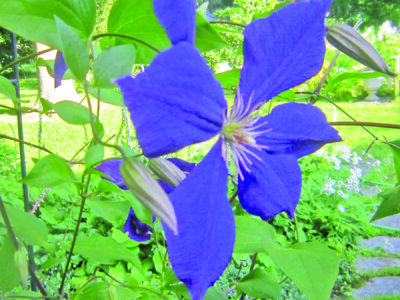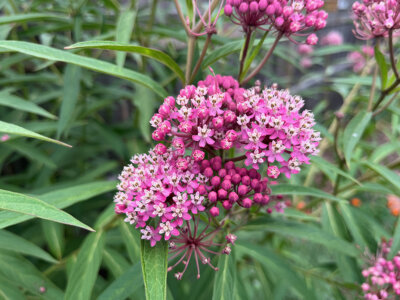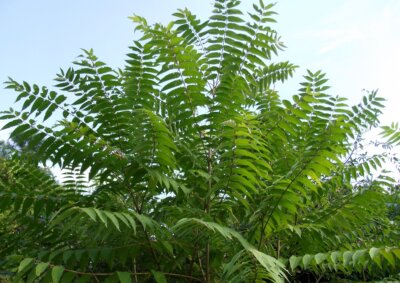Wolf trees: from the past and for the future
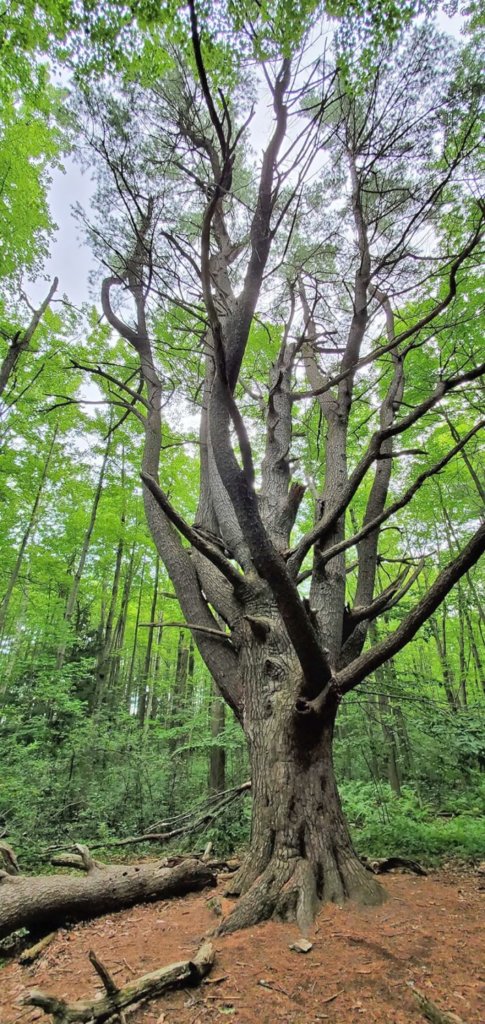
If you’ve ever walked in Vermont’s woods, chances are that you’ve stumbled upon a “wolf tree.” These giants of the forest are hard to miss; massive, gnarled trees with huge lateral branches extending from their trunks. They are called “wolf” trees because they were once standing in the middle of an open field, like a “lone wolf.” Their unusual form is due to their lonely nature — with no adjacent trees to compete with, they stretched their branches out to reach light in every direction.
I think that just about anyone can intuitively appreciate wolf trees’ beauty, the impressive scale of their huge-ness and ancient-ness, but the ecological importance to our forests, which has not always been appreciated, is increasingly clear.
In any discussion of Vermont’s forests we must first understand that their present condition has everything to do with human land use. By the early-mid 1800’s Vermont was 80% deforested, primarily for sheep pasture. Scattered trees in pastures were retained for shade and/or (in the case of sugar maple) for sugaring. The wool industry in Vermont declined in the mid-late 1800’s and over the following century most of these pastures regenerated into forests (today, Vermont is about 75% forested). While it may seem remote, the legacy of the clearing of the 1800’s is still with us; most of Vermont’s forests still haven’t had time to develop the features characteristic of the “old growth” forests that were cleared centuries ago. This includes big, old trees, but also trees of many ages and sizes, dead standing trees, dead wood on the forest floor, soils rich in carbon and organic material and more.
Today, wolf trees are often the only truly old trees in our forests. If you can, imagine what some of these trees have “seen.” Perhaps they were once young saplings, growing in the forest. In the 1800’s the trees around them were cleared, and they were left standing alone, in endless fields. For 100-150 years they stood with sheep and then cattle grazing around them, congregating under them for shade on hot days. After all this, young forests regenerated all around them, reclaiming these old pastures. They are true legacies, the only living things which have persisted throughout the radical changes in Vermont’s landscape over the last 200 years.
Our remaining wolf trees have also survived early 20th century forest management practices, which prized the efficient growth of timber above all else. In this management philosophy, wolf trees and other old trees were considered “decadent,” taking up growing space that could be used to produce younger, faster-growing, more valuable “thrifty” trees. To this end, many wolf trees were cut or killed just to get them out of the way.
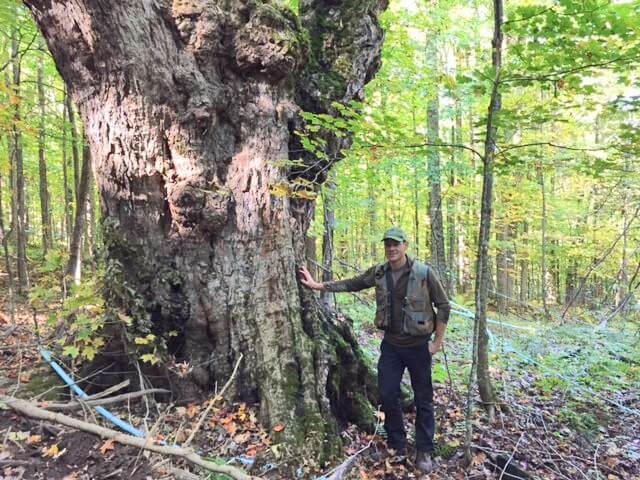
Modern forest science has come to understand the myriad benefits that big, old trees provide. In addition to being visually striking, they provide foraging, nesting and denning habitat for a huge range of wildlife species, from birds to rodents, mammals and their predators; just as livestock once bunched around them for shade, virtually all wildlife seem to use wolf trees in some way. The emergent understanding of the below-ground connections between trees, facilitated largely by root grafts and fungal associations, suggests that old trees are critical hubs in the midst of a vast subterranean network, and that they even “subsidize” young seedlings, sharing resources with them. Even in death, old trees have tremendous value, enriching the soil and providing habitat for a wide range of flora and fauna.
As we steer our forests towards a healthier future condition, we need to work with what we have; while wolf trees are not the same as the old trees that may have punctuated the forest 200+ years ago, they confer many of the same benefits to our forests. While they were once vilified by some forest managers, recognizing the importance of big, old trees is a part of modern, thoughtful, holistic forest management. It doesn’t mean that we should never cut a tree – there is an increasing understanding of the benefits of actively managing our forests to be more like old growth forests — but retaining wolf trees and a few trees per acre as “biological legacy trees,” whose sole function it to become big, old trees, in the course of management will ensure that we’re encouraging healthy, vibrant forests for the future.
Ethan Tapper is the Chittenden County Forester. He can be emailed, reached by phone at (802) 585-9099, or at his office at 111 West Street, Essex Junction.
Related Stories
Popular Stories
If you enjoy The Charlotte News, please consider making a donation. Your gift will help us produce more stories like this. The majority of our budget comes from charitable contributions. Your gift helps sustain The Charlotte News, keeping it a free service for everyone in town. Thank you.
Andrew Zehner, Board Chair





